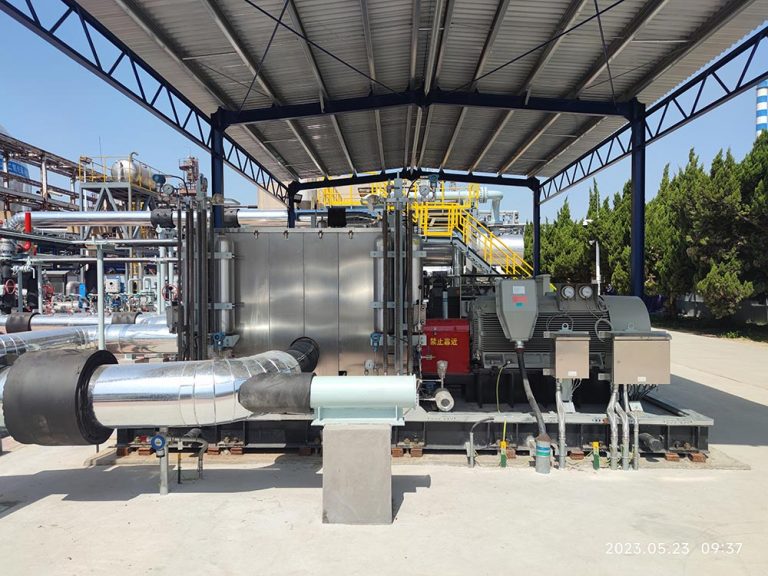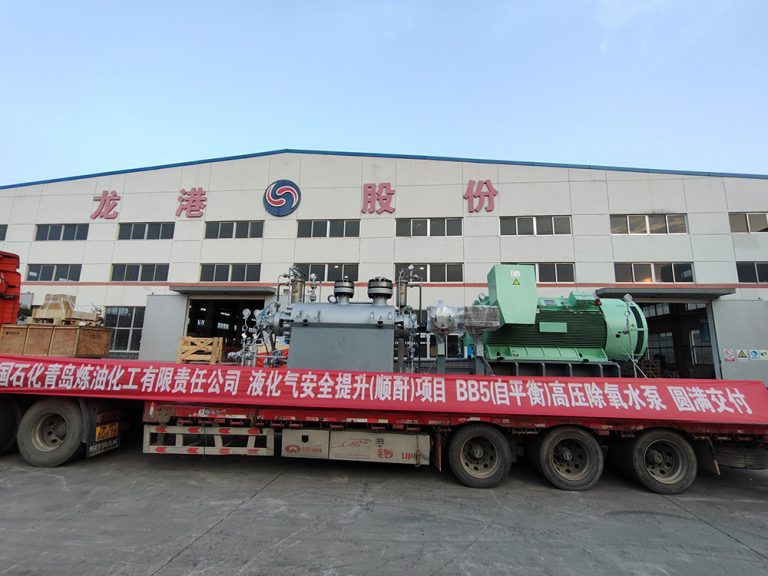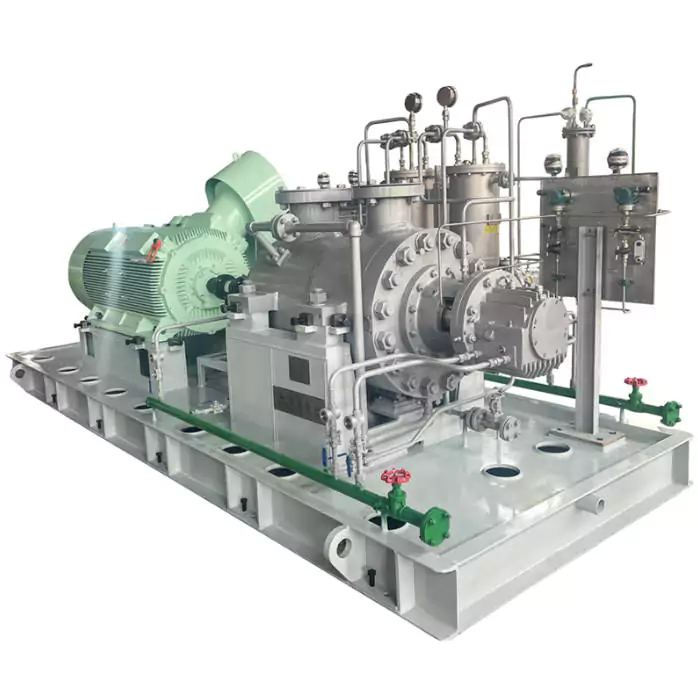API pumps play a role, in sectors such as petrochemical, power generation, and water treatment plants. Engineers and industry experts need to have an understanding of these pumps and how they are categorized. The American Petroleum Institute (API) has set guidelines, for pumps used in the oil and gas industry to guarantee their safety, dependability, and efficiency in conditions. This piece explores the types of API pumps how they operate and important factors to consider when choosing them.

Classification of Pumps According to API Standards
There are mainly two types of API pumps; displacement pumps and dynamic pumps. This categorization is determined by how they work and the kind of flow they produce.
Overview of Positive Displacement and Dynamic Pumps
Positive displacement pumps operate by capturing a volume of fluid and pushing it through the discharge pipe. They are well suited for tasks that demand flow when pressure levels fluctuate, like in hydraulic setups. On the other hand dynamic pumps, also known as kinetic pumps employ a spinning impeller to give speed to the fluid transforming energy into pressure energy. This feature makes them perfect, for scenarios requiring high flow rates where uninterrupted flow is essential.
Types of Dynamic Pumps
OH – Overhung Pumps
Overhung pumps have an impeller attached to a shaft supported at one end. This setup is effective, for managing flow and pressure needs. Overhung centrifugal pumps are commonly employed in industries, like refining and chemical processing that deal with flow rates and changing pressure situations.
BB – Between Bearings Pumps
Between bearings pumps, as the name suggests, have the impeller positioned between two bearings that support the shaft. This configuration helps to stabilize the shaft, allowing it to handle higher pressures and flow rates than overhung designs. Between bearings, pumps are commonly utilized in large-scale applications, including offshore platforms and pipeline systems, where durability and reliability are paramount.
VS – Vertically Suspended Pumps
Vertically suspended pumps are typically designed for tank or wet-pit installations, where the pump is submerged in the fluid being pumped. This configuration is effective for applications that require the movement of liquids at high levels and with high efficiency. These pumps are widely implemented in wastewater treatment facilities and chemical processing plants, where they can manage large volumes of fluid while ensuring safe operation.
When selecting the right API pump for industrial applications, it is essential to consider specific operational requirements, including flow rate, pressure, fluid characteristics, and installation space.
Principles and Applications of Dynamic (Kinetic) Pumps
Centrifugal Pumps: Operational Insights
Centrifugal pumps utilize an impeller to impart kinetic energy to the fluid, transforming this energy into pressure energy, which propels the fluid toward the discharge point. When the impeller spins, the fluid is drawn into the center of the impeller and then flung outward by centrifugal force, moving fluid through the pump. This type of pump is widely used for applications in water supply, sewage treatment, and various industrial processes where large flow rates are critical. Their operational efficiency, combined with straightforward design and maintenance, makes centrifugal pumps a staple in many sectors.
Axial Flow Pumps: Functionality and Industry Use
Axial flow pumps operate by directing fluid along the axis of the pump shaft, using an impeller to generate flow. This design allows for high flow rates with lower pressure increases, making them ideal for applications such as irrigation, flood control, and power generation. Axial flow pumps are particularly effective in scenarios requiring the movement of large volumes of water against minimal heads, making them prevalent in water treatment plants and tidal power systems. Their design can be tailored to specific applications, enhancing their adaptability in various operational settings.
In conclusion, understanding the types of pumps, their principles, and their application is essential for professionals in the field. By utilizing both positive displacement and dynamic pumps, industries can ensure efficient fluid management tailored to the demands of their processes.
Key Factors in Selecting the Right API Pump for Industrial Applications
In making a decision, several key factors should influence the selection of an API pump. These include the operating environment, the type of fluid being handled (including temperature, viscosity, and corrosiveness), and maintenance requirements. Furthermore, understanding the pump’s performance curve helps to match the pump to its intended application accurately.
To illustrate these considerations, a trusted partner in the domain of API pumps is Yantai Longgang Pump Industry Co., Ltd. With extensive experience in the pump industry, Yantai Longgang specializes in the design and production of API-compliant pumps that cater to various applications, including petrochemical and power generation sectors. Their products, such as the BB1 Axially Split Double Suction Centrifugal Pump and various multi-stage models, are engineered to efficiently transport clean liquids and substances containing trace particles, meeting API610 and API682 standards. Yantai Longgang’s pumps also feature innovative designs, such as self-balancing axial forces and ease of maintenance, making them suitable for demanding industrial environments.

In conclusion, API pumps serve as vital components in numerous industrial applications, from oil and gas to chemical processing. An understanding of their types and working principles, along with careful consideration of specific operational needs, will lead to more informed decision-making and better performance in the field.
Types of Positive Displacement Pumps
Reciprocating Pumps
Reciprocating pumps are a kind of pump that works by changing the volume of a chamber through back-and-forth motion to move fluids. These pumps use valves to regulate the flow of fluids, in and out during each cycle. They are commonly used in industries where precise flow rates are crucial, such as in chemical processing and oil extraction. Their capacity to withstand pressures makes them ideal for tasks like powering systems, in heavy machinery.
Rotary Pumps
Rotary pumps help to move fluids by using the rotation of gears, lobes, or screws. These pumps operate smoothly providing a flow, unlike the pulsating flow, in reciprocating pumps. They are frequently used in industries that deal with fluids like food processing and oil refining. Due to their ability to handle viscosities effectively, rotary pumps are a choice, for applications that require consistent flow rates and reliability.
To sum it up experts must grasp the distinctions and suitable scenarios, for each pump type to enhance their operations and attain solutions, for handling fluids.








